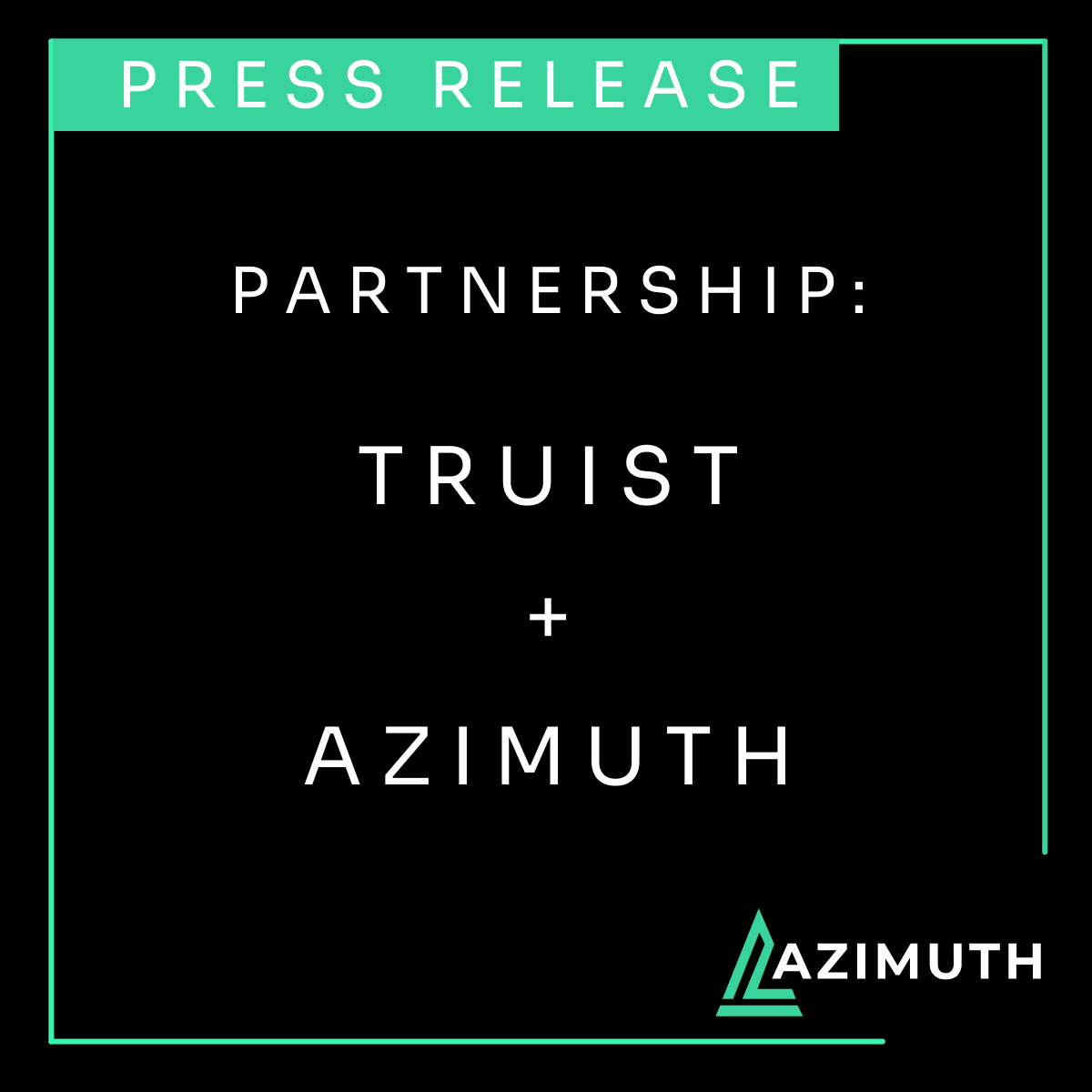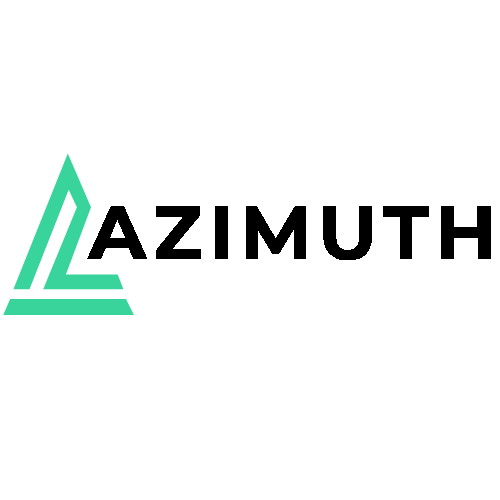The Strategic Decision in Regulatory Compliance: Buy vs. Build with Azimuth Validator
In today’s rapidly evolving financial landscape, banks and lenders are faced with a critical decision: build their own compliance testing platforms or invest in a proven solution like Azimuth Validator. This choice has far-reaching implications for operational efficiency and financial management. Opting for Azimuth Validator accelerates compliance capabilities, offers substantial cost savings, and reduces risk.
Building an in-house solution demands a comprehensive, sustained commitment. The process includes designing and building the platform, encompassing everything from gathering functional requirements and planning design and architecture to procuring software and infrastructure. Legal analysis is a critical step, involving the identification and cataloging of relevant federal and state laws and translating these into actionable compliance requirements. Moreover, test design and development require writing precise test requirements, designing algorithms, and developing robust functional tests. Beyond the initial build phase, ongoing expenses include regulatory change management, platform maintenance, and continuous resource allocation for operations—estimated at $8 million annually.
However, building an in-house system presents several challenges, including ensuring the availability and expertise of dedicated staff, the risk of technology failures, and potential budget overruns which often exceed initial estimates, requiring ongoing financial commitment.
Conversely, choosing Azimuth Validator offers immediate and compelling advantages:
- Rapid Deployment: Validator is ready-to-use, significantly reducing the deployment time for compliance testing by up to 30 months.
- Cost Efficiency: It avoids the hefty $26 million cost of internal development, with a first-year operational expense of only $4.5 million.
- Reduced Execution Risk: Validator’s capabilities are continually refined by compliance experts, ensuring high reliability and accuracy.
- Focus on Core Business: It allows internal resources to focus on strategic business initiatives instead of managing compliance technology.
- Predictable Costs: Fixed subscription rates eliminate the need to scale resources for regulatory changes.
Azimuth Validator provides immediate access to a comprehensive inventory of laws, requirements, and tests for swift implementation. It includes automated regulatory updates ensuring systems always align with the latest regulations, and it dramatically reduces both startup and annual operational costs compared to building an in-house system.
For banks and lenders, investing in a ready-made solution like Azimuth Validator offers a strategic advantage. The need for full-population testing in regulatory compliance is increasingly critical as regulations become more stringent. Azimuth’s Validator offers an efficient, reliable, and cost-effective solution, making it an invaluable tool for any financial institution aiming to enhance its compliance operations and mitigate associated risks.



